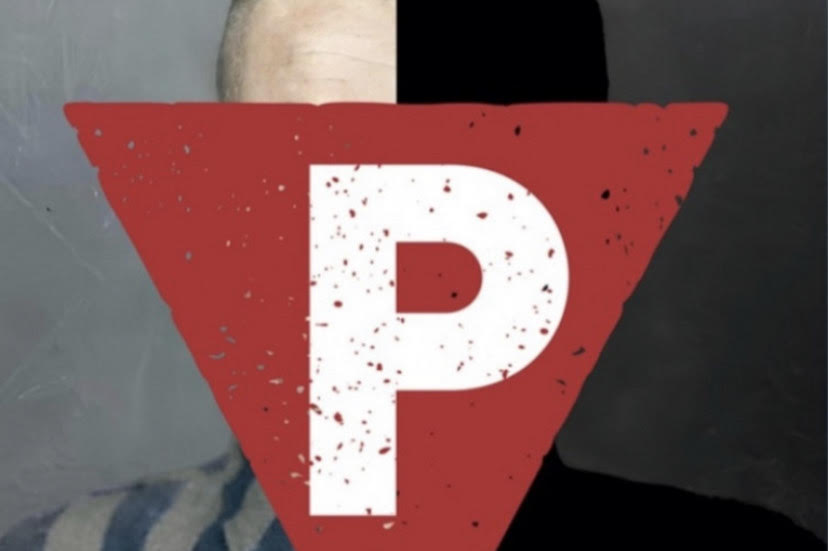Auschwitz and the beginning of the German genocide in Poland was actually not aimed at the Jews, it was the Poles that were the targets. In fact, until the Final Solution in 1941 (the war began in September 1939) the Polish were being murdered at a 9:10 higher ratio than the Jews. Sometimes Poles would wear the Star of David or hide in the ghetto to avoid round-ups or possible executions.
It was on June 14th 1940 that the first transports of prisoners were sent to Auschwitz and they were Polish. The transport departed from the southern Polish city of Tarnów, and consisted of 748 Poles.
Dubbed political prisoners by Nazi Germans, in reality, many of them including school teachers, lawyers, and priests were caught at the Nazi-Soviet demarcation line trying to cross the border to get to France through Hungary.
They were then detained until the early hours of 14 June, when the whole group, escorted by the SS, were marched out of the prison and along the deserted Tarnów streets to the railway station. There, all were pushed into the waiting rail cars.
Camp survivor Eugeniusz Niedojadlo, who was one of the group prisoners, recalled later: "The day of our departure was hot and sunny. We were walking in fours, guarded by armed SS men. The inhabitants of Tarnów were ordered to stay in their homes, and we had no idea where we were going".
Niedojadlo described the sprawling group as looking like a giant snake, and it gave him the impression of cattle being led to a slaughterhouse. "The SS were constantly yelling at us, and we were sad and depressed. Even though the streets were empty, here and there I saw curious faces looking at us from behind curtains. At one moment, an unknown hand tossed a bunch of red flowers towards us, but an SS officer trampled on it."
The prisoner number 31, which opened the list of political prisoners of Auschwitz I, was given . to Stanisław Ryniak, who was the first Polish prisoner in Auschwitz.. Ryniak, who was 24 years old in 1940, had been arrested by the Germans in his hometown of Sanok at the beginning of May and was accused of being a member of the resistance. He survived and died in 2004.
The prisoner number 243 was assigned to Jerzy Bielecki, a German-speaking Catholic Polish social worker who was 19 years old in 1940. He had been captured and arrested by the Gestapo while crossing the border with Hungary on 7 May 1940, en route to join the Polish Army in the West. He survived the ordeal for several years before managing to escape from the camp successfully in 1944, together with his Polish-Jewish girlfriend Cyla Cybulska, who was an inmate of Auschwitz II. (After the war Bielecki received the Righteous Among the Nations award.) He also co-founded and headed the postwar Christian Association of the Auschwitz Families.
The prisoner number 349 was assigned to the well-known Polish artist and Olympic skier Bronislaw Czech, who was captured in his hometown of Zakopane, also in May; he was killed in the camp four years later on 4 June 1944. The prisoner number 758, the last one of the transport, was assigned to Ignacy Plachta from Łódź. Plachta had been caught by the Gestapo in the southern town of Zagórz on 1 February 1940, while trying to escape to Hungary.
Upon arrival, the Poles lined up in five rows and were met by Shutzhaftlagerfuhrer Hauptsturmführer Karl Fritzsch, who announced: "You have not come here to a sanatorium, but to a German concentration camp and there is no other way out than through the chimney of the crematorium. If one does not like that they can throw themselves on the wire immediately. If there are Jews in the transport they are allowed to live no more than two weeks, priests one month and the others three months." However, the crematorium did not begin operation until 15 August 1940.
In spite of these dismal prospects, Aleksandra Pietrzykowa established that around 200 members of the first transport survived. Eugeniusz Niedojadlo, who spent almost five years in Auschwitz, said that members of the first transport tried to stick together throughout their internment. The Tarnów inmates also cooperated with other Polish inmates, from the nearby city of Rzeszów.
Today, the square in front of the former public bath in Tarnów is called the Square of Auschwitz Inmates, and in 1975, a monument commemorating the departure of the first transport to Auschwitz was unveiled there.



Dodaj
komentarz
By dodać komentarz musisz być zalogowany. Zaloguj się.
Nie masz jeszcze konta? Zarejestruj się.